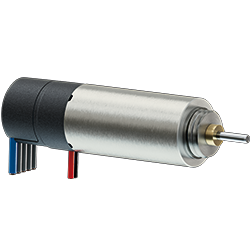Raspberry Pi Compute Module
From Raspberry Pi Foundation:
The compute module contains the guts of a Raspberry Pi (the BCM2835 processor and 512Mbyte of RAM) as well as a 4Gbyte eMMC Flash device (which is the equivalent of the SD card in the Pi). This is all integrated on to a small 67.6x30mm board which fits into a standard DDR2 SODIMM connector (the same type of connector as used for laptop memory*). The Flash memory is connected directly to the processor on the board, but the remaining processor interfaces are available to the user via the connector pins. You get the full flexibility of the BCM2835 SoC (which means that many more GPIOs and interfaces are available as compared to the Raspberry Pi), and designing the module into a custom system should be relatively straightforward as we’ve put all the tricky bits onto the module itself.
So what you are seeing here is a Raspberry Pi shrunk down to fit on a SODIMM with onboard memory, whose connectors you can customise for your own needs.
The Compute Module is primarily designed for those who are going to create their own PCB. However, we are also launching something called the Compute Module IO Board to help designers get started.
Comments (0)
This post does not have any comments. Be the first to leave a comment below.
Featured Product

